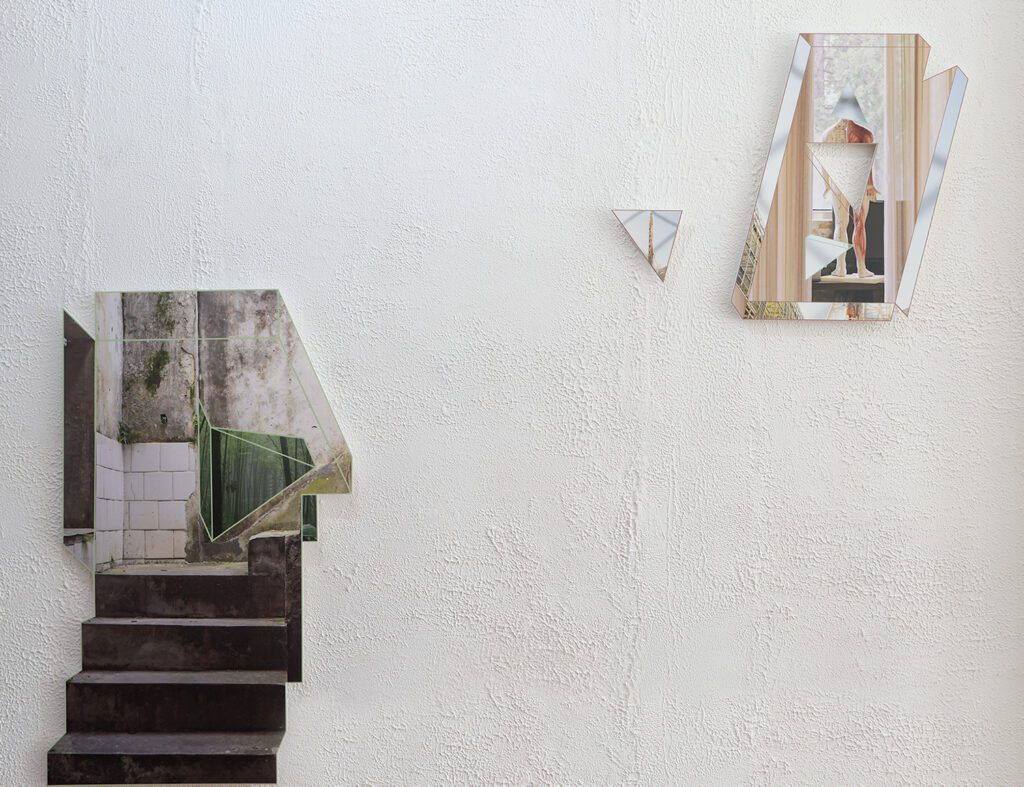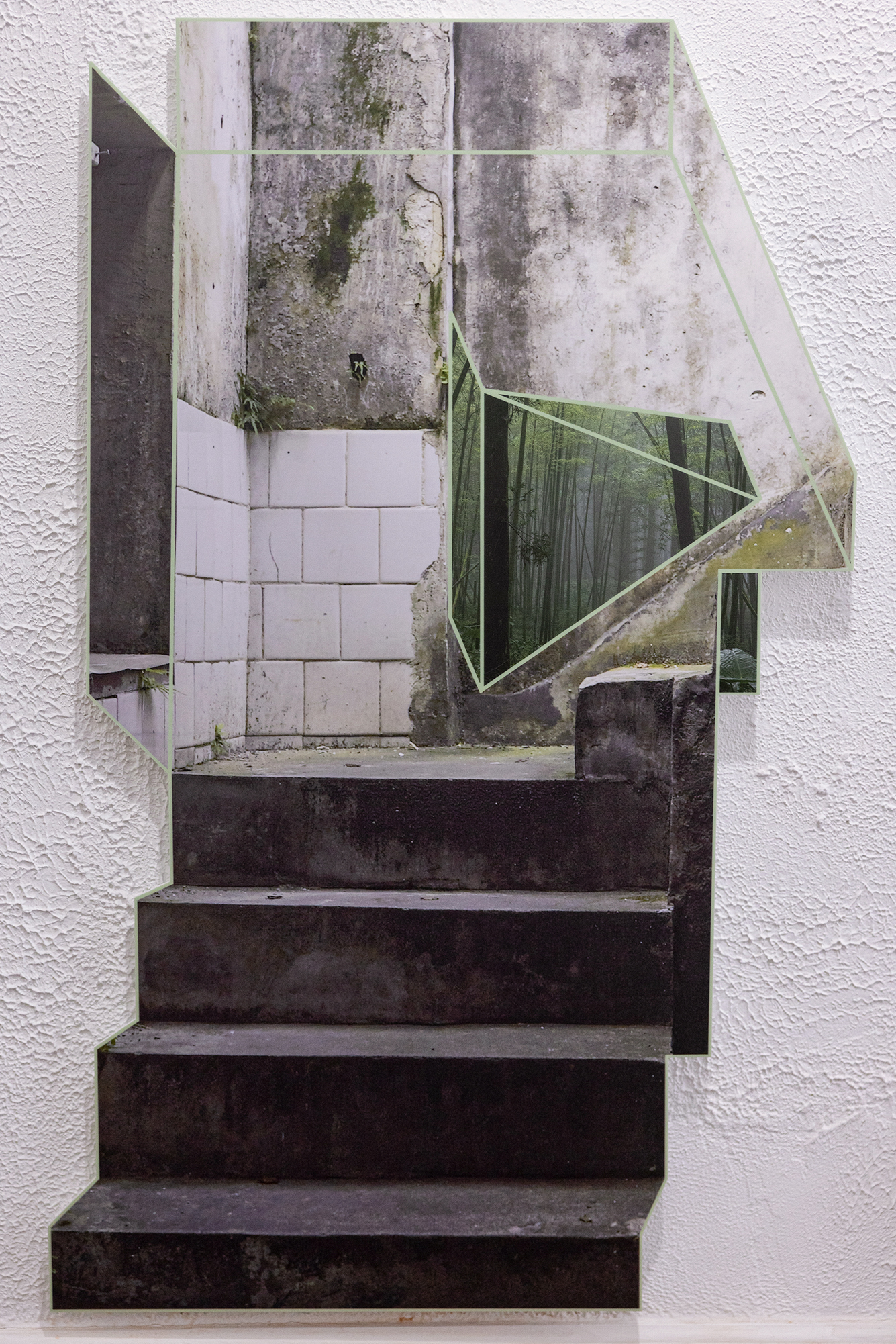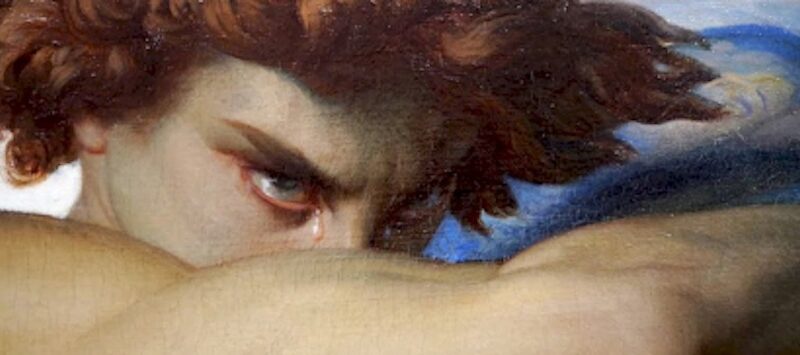
In Conversation with Visual Artist Xuemeng Zhang
Xuemeng Zhang is a visual artist whose work navigates between belonging and alienation, identity and culture, and perception and cognition. Born in Beijing and currently based in New York City, Zhang’s artistic career has been a captivating journey of self-discovery. She has exhibited her artwork at prestigious venues worldwide, including Venice Arsenale Nord, Kühlhaus Berlin, and Untitled Art Miami Beach.
We recently had the opportunity to sit down with Xuemeng Zhang to learn more about her artistic vision and her approach to creating art that delves into imagined landscapes.
What kind of artist are you?
I am a visual artist, inspired by the connections between the mind and the eye. I express, explore, and experience the world around me through photography, video, and various other mediums.
What projects are you currently working on?
“Other Rooms” is an ongoing photographic project I’ve been working on since 2021. The project focuses on the reconstruction and visualization of imaginary spaces. I build and digitally rearrange images in geometrical and irregular shapes to visualize the structuring of imagined spaces. The displacement of images reflects how visual information is stored and merges over time.
I use shapes as entrances and borders in imagined landscapes where opposites coexist, and ambiguity is the norm. This project lies at the intersection of perceived reality and constructed spaces. Each shaped image is a container of emotions, perceptions, and fantasies. Each container represents an individual space that compliments others. The work explores how imaginary spaces form and function, and how idiosyncratic perception influences and shapes the way we make sense of the world. I recently showcased thirteen works from the project in my solo exhibition at :iidrr Gallery in New York.

Left: G25, Xuemeng Zhang, 2022 / Right: P39: Oasis, Xuemeng Zhang, 2021
You mentioned that the project started in 2021. How did it begin?
This project began to develop as I noticed the shift from the physical world to virtual space, with our digital presence becoming equally important to our physical one. It made me wonder how living in such a space affects us mentally. I wanted to explore how we perceive, process, and transform pleasant and stressful information and emotions.
Additionally, I aimed to share with the audience imagined landscapes in the form of photographs, but without the familiar, rectangular boundaries. By visualizing reconstructed imagined spaces, I invite viewers to consider how they would restructure or visualize their own spaces.

O27, Xuemeng Zhang, 2022
Could you talk about your process?
Generally, I begin a project by posing a question that I’m motivated to explore in-depth. Next, I conduct preliminary research and develop a basic plan for approaching the question, which includes determining the potential medium, material, subject, and technique I could use to explore the topic. For example, creating the works in “Other Rooms” involves the selection, displacement, and reconstruction of photographs. I develop the shape outline of each image based on the characteristics of lines and shapes that already exist within the photographs.

BO12, Xuemeng Zhang, 2022
How do you know when an artwork is finished?
I assess each piece’s completion individually, but my general guideline is that when I look at the work and it conveys the emotion or message I initially intended, I consider it finished.
What do you hope to achieve from this project?
This project is my endeavor to create spaces that do not yet exist physically, addressing feelings of uneasiness and envisioning how we live in this constructed world. I hope there will be an audience who feels that my work resonates with them, evokes various emotions, or inspires them to explore their own imagined landscapes.

G25, Xuemeng Zhang, 2022
As our engaging conversation with Xuemeng Zhang comes to a close, it’s evident that her passion for exploring imagined landscapes and the intricacies of human perception is driving her artistic journey forward. Her innovative approach encourages viewers to explore their own perceptions and consider the complexities of the spaces we inhabit, both physically and mentally. Zhang’s evocative work continues to strike a chord with audiences worldwide, stimulating dialogue about the boundless potential of imagination. Keep an eye on this exceptional artist as she continues to expand our understanding of the world through her captivating creations.







